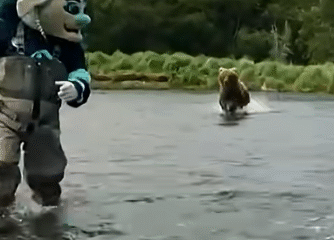News
What is cloud seeding, and can it cause severe weather?

**Cloud Seeding: Can Man-Made Rain Trigger Natural Disasters?**
Imagine having the power to summon rain from the sky. Well, that’s essentially what cloud seeding does. But as atmospheric scientists manipulate weather patterns to bring much-needed rain, a contentious question arises: can these man-made showers trigger severe weather events?
What’s Happening?
Cloud seeding, a weather-modification technique, is under scrutiny as some link it to extreme floods worldwide. Despite scientific consensus, conspiracy theories persist, fueling debate on its safety and efficacy.
Where Is It Happening?
Cloud seeding projects are ongoing in various countries, including the United States, China, and the United Arab Emirates. Recent floods in Texas have sparked renewed discussions about its potential role in severe weather.
When Did It Take Place?
Cloud seeding has been practiced since the 1940s. Recent events, such as the Texas floods, have reignited concerns about its potential impacts on weather patterns.
How Is It Unfolding?
– **Ongoing Debate**: Scientists and skeptics continue to clash over cloud seeding’s role in extreme weather.
– **Technological Advancements**: New techniques are being developed to make cloud seeding more precise and effective.
– **Regulatory Scrutiny**: Governments are examining the need for stricter regulations and oversight of weather-modification practices.
– **Public Awareness**: Media coverage is raising public awareness and stirring emotions about the potential consequences of playing with nature.
Quick Breakdown
– Cloud seeding involves dispersing substances like silver iodide into clouds to stimulate rain or snowfall.
– It is primarily used to alleviate drought conditions and increase water supply.
– The technique has been used for decades, with mixed results and varying degrees of success.
– Scientists maintain that cloud seeding does not cause extreme weather, but conspiracy theories persist.
Key Takeaways
Cloud seeding is a complex and somewhat controversial practice designed to influence weather patterns for human benefit. While it has shown promise in alleviating droughts, the potential for unintended consequences, such as triggering severe weather events, remains a hotly debated topic. Understanding the science behind cloud seeding is crucial for informed discussions about its use and regulation. The ongoing controversy highlights the delicate balance between human intervention and natural processes.
“Cloud seeding is a tool, not a weapon. The key is responsible use and thorough understanding of its potential impacts.”
– Dr. Linda Hart, Atmospheric Scientist
Final Thought
**As we continue to push the boundaries of technology and science, it is essential to tread carefully. Cloud seeding holds promise for addressing water scarcity, but we must also consider the broader implications. Striking the right balance between human need and environmental responsibility will ensure that our interventions do not inadvertently harm the very systems we seek to protect.**



















